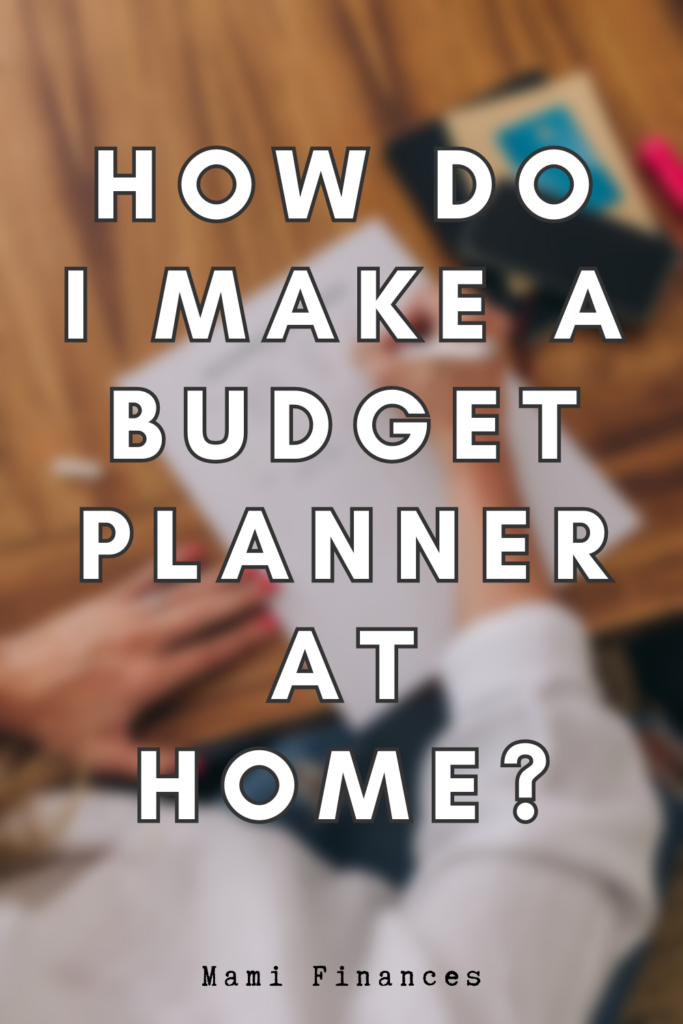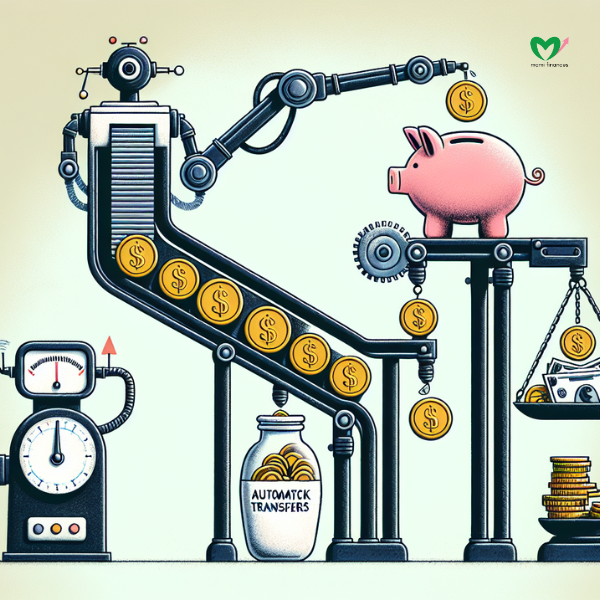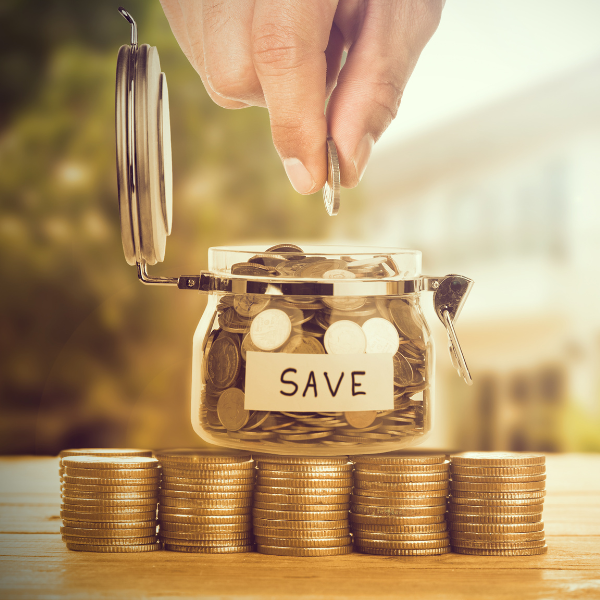How Do I Make a Budget Planner at Home?
In today's fast-paced world, managing our finances can often feel overwhelming. But with a budget planner, you can take control of your financial situation and make informed decisions about your money.
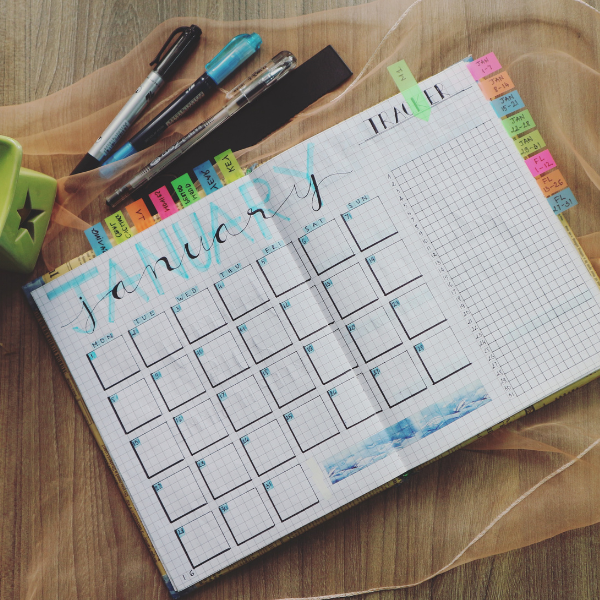
Creating a personalized budget planner tailored to your unique needs is the first step toward effective financial management. In this article, we will guide you through designing and creating your own budget planner at home, offering valuable tips and insights along the way.
So, let's dive in and start taking charge of our finances!
Benefits of having a budget planner at home
Having a budget planner at home brings numerous benefits to your financial management. It allows you to have better control over your income and expenses, prioritize savings, and work towards your financial aspirations. By keeping all your finances organized in one place, you can easily track your spending and save for big purchases.
The importance of creating a personalized budget planner
Creating a personalized budget planner is crucial for effective financial management. You can gain better control over your income and expenses by tailoring them to your unique needs. A personalized budget planner lets you set financial goals, track spending, and prioritize savings.
It empowers you to make informed decisions about your finances and work towards achieving your aspirations. With a personalized budget planner, you can take charge of your financial future.
Gather Supplies
To create a budget planner, you'll need a few essential supplies. One of the most popular methods is using a three-ring binder, which allows for easy customization and adding pages as needed. Gather supplies like a three-ring binder, vinyl binder sleeves, binder dividers, a printer and paper, and some pens. Having these supplies on hand will make the process of creating your budget planner much easier and more enjoyable.
Essential supplies needed for creating a budget planner
To create a budget planner that suits your needs, you'll need a few essential supplies. First and foremost, you'll need a three-ring binder to hold all your budgeting pages. Vinyl binder sleeves are also essential for protecting important documents.
Also, binder dividers will help you organize different sections of your budget planner. Lastly, don't forget to have a printer and plenty of paper on hand to print out your budgeting templates. With these supplies, you'll be well-prepared to create an effective budget planner at home.
Advantages of using a three-ring binder for your budget planner
Using a three-ring binder for your budget planner offers several advantages. Firstly, it allows you to easily add or remove pages whenever needed, providing flexibility as your financial needs change. Secondly, the rings securely hold all your budgeting documents in place, preventing them from getting lost or misplaced.
Lastly, the binder provides a convenient and organized way to store important financial information, ensuring that everything is readily accessible when you need it. With these benefits, a three-ring binder is ideal for your DIY budget planner.
Designing Your Budget Planner
Now that you have gathered the necessary supplies, it's time to design your budget planner. This step is crucial as it allows you to create a planner that aligns with your financial goals and aspirations. By designing a personalized budget planner, you will have better control over your income and expenses, making it easier to prioritize savings and track your expenses effectively.
Whether you prefer a minimalist design or want to get creative with colors and themes, the choice is yours. So, let your imagination run wild and create a budget planner that reflects your unique personality and financial journey.
Tips for designing a budget planner that aligns with your financial goals
When designing your budget planner, ensuring it aligns with your financial goals is important. To do this, consider incorporating sections that reflect your specific financial priorities, such as tracking expenses, setting savings targets, and monitoring debt repayments. Also, choose a visually appealing layout that is easy to navigate, allowing you to feel motivated and organized as you work towards achieving your financial aspirations.
How to prioritize savings and track your expenses effectively
One of the key aspects of effective financial management is prioritizing savings and tracking expenses. To prioritize savings, setting aside a specific amount from your income each month is important before allocating funds for other expenses.
This ensures that saving becomes a regular habit. Tracking expenses can be done through various methods, such as using budgeting apps or creating categories in your budget planner. By diligently tracking your expenses, you can understand where your money is going and make adjustments as necessary to stay on track with your financial goals.
Creating Your Budget Planner
Creating your budget planner is an essential step towards taking control of your finances. It allows you to customize your planner according to your specific needs and goals. Whether it's for tracking expenses, prioritizing savings, or reaching your financial aspirations, creating a personalized budget planner empowers you to make informed decisions.
You can efficiently organize your finances in one central location by following step-by-step instructions and utilizing tools like binder dividers and vinyl binder sleeves. Start building your budget planner today and take charge of your financial future!
Step-by-step instructions for creating your own budget planner
To create your own budget planner, start by gathering the necessary supplies, such as a three-ring binder, vinyl binder sleeves, and binder dividers. Once you have everything you need, design your budget planner to align with your financial goals. Consider including sections for tracking income and expenses, as well as prioritizing savings.
Divide your planner into categories and use binder dividers for organization. Finally, track your finances regularly using your planner to stay on top of your budgeting goals. By following these steps, you'll be on your way to better financial management.
Using binder dividers and vinyl binder sleeves to organize your planner
To ensure that your budget planner is well-organized and easy to navigate, consider using binder dividers and vinyl binder sleeves. Binder dividers allow you to separate different sections of your planner, such as income, expenses, savings goals, and debt payments. Vinyl binder sleeves are perfect for keeping important documents, receipts, or notes securely in place. By utilizing these organizational tools, you can easily access the information you need and keep your budget planner neat and tidy.

Tracking Your Finances
Once you have created your budget planner, the next step is to effectively track your finances. This is where your DIY budget planner becomes an invaluable tool.
By recording your income and expenses in your budget planner, you can gain a clear understanding of where your money is coming from and where it's going. This allows you to make informed decisions about how to allocate your funds and identify areas where you can cut back or save.
Having all of your financial information organized in one place makes it easy to track your spending patterns and monitor any changes in your financial situation. You can see at a glance how much money you have available for different categories such as groceries, bills, or entertainment.
Furthermore, using a budget planner encourages accountability and discipline when it comes to managing your finances. By regularly updating and reviewing your planner, you can stay on top of your financial goals and ensure that you are staying within budget.
Whether you prefer to input data manually or use budgeting software that syncs with your bank accounts, having a dedicated space for tracking your finances is essential for effective money management. Your DIY budget planner will make it easier than ever to keep tabs on your financial health and make adjustments as needed.
How to track your income and expenses using your budget planner
Tracking your income and expenses is a crucial aspect of effective budgeting. With your personalized budget planner, you can easily track your finances and gain a clear understanding of where your money is coming from and where it's going. Begin by recording all sources of income, such as salaries or side hustles. Then, categorize your expenses, such as groceries, bills, and entertainment.
Regularly update your budget planner with every transaction to stay on top of your financial situation. This will help you identify areas where you can cut back and save more effectively.
The advantages of keeping your finances organized in one place
Keeping your finances organized in one place offers numerous advantages. Firstly, it allows you to easily track your income and expenses, providing a clear picture of where your money is going. This enables you to identify areas where you can cut back or make adjustments to save more effectively.
Also, having all your financial information centralized allows for quick and convenient access when needed, whether it's for tax purposes or making important financial decisions. Organizing your finances in one place promotes better financial management and gives you peace of mind knowing that everything is in order.
Analyzing Your Financial Habits
Analyzing your financial habits is a crucial step in the budgeting process. With a DIY budget planner, you can track your expenses and income over time, allowing you to gain insights into your spending patterns and financial behaviors.
By examining this data, you can identify areas where you may be overspending, find opportunities to save more effectively, and make informed decisions about your financial future.
Utilizing spreadsheet tools and accessing your bank accounts can provide accurate and detailed data for thorough analysis. Take advantage of your budget planner to understand your financial habits better and improve your overall financial well-being.
How a DIY budget planner can help you understand your spending habits over time
A DIY budget planner is a powerful tool that can provide valuable insights into your spending habits over time. By consistently tracking your income and expenses, you will develop a clear picture of where your money is going and how it aligns with your financial goals.
This awareness allows you to make informed decisions about your spending, identify areas where you can cut back, and make adjustments to prioritize savings. With a DIY budget planner, you become more aware of your financial habits and can take control of your finances for long-term success.
Utilizing spreadsheets and accessing your bank accounts for accurate tracking
When it comes to tracking your finances, utilizing spreadsheets and accessing your bank accounts can provide you with accurate and detailed information. Spreadsheets allow you to create custom categories for income and expenses, making it easier to track your spending habits over time.
Also, by accessing your bank accounts, you can download transaction history and import it into your budget planner, ensuring that all your financial data is up to date. This level of accuracy enables you to make informed decisions and stay on top of your financial goals.
Saving for Big Purchases
Saving for big purchases is an important aspect of financial planning. Whether it's a dream vacation, a new car, or a down payment on a house, having a budget planner can help you prioritize your savings and make your aspirations a reality. By setting goals and breaking them down into manageable steps, you can develop strategies to save money efficiently. With a DIY budget planner, you have the power to take control of your finances and work towards achieving your financial aspirations.
Strategies for saving money and achieving your financial aspirations
Creating a budget planner is just the first step towards financial success. To truly achieve your financial aspirations, you need to develop effective strategies for saving money. Start by setting specific savings goals and breaking them down into manageable steps.
Next, identify areas where you can cut back on expenses, such as dining out or entertainment. Also, consider automating your savings by setting up automatic transfers to a separate savings account. By implementing these strategies, you'll be well on your way to achieving your financial dreams.
Setting goals and breaking them down into manageable steps
Setting goals is an important aspect of financial management. Once you have a clear vision of what you want to achieve, it is essential to break these goals down into smaller, more manageable steps. This helps you stay motivated and focused on your ultimate financial aspirations.
By breaking them down, you can create actionable tasks that make the journey towards your goals more attainable and less overwhelming. So, whether it's saving for a vacation or paying off debt, remember to set specific targets and break them down into bite-sized tasks that you can easily tackle.
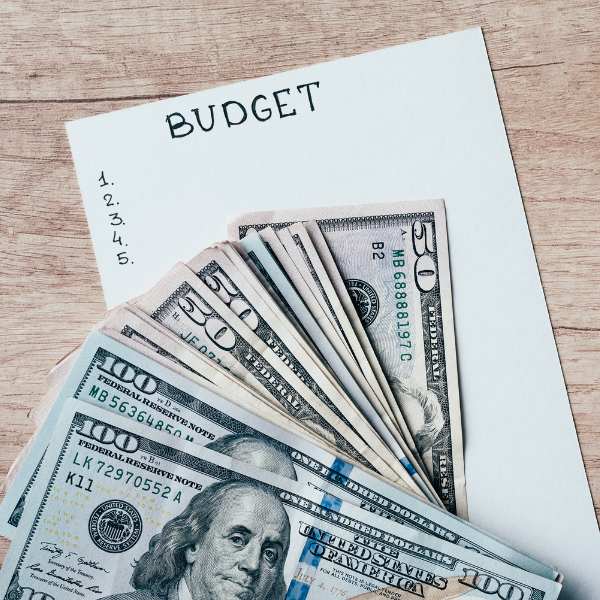
Sticking to Your Budget
Now that you have created your personalized budget planner, the next challenge is sticking to your budget. This can sometimes be a difficult task, as there are many temptations and unexpected expenses that may arise. However, with the right strategies and mindset, you can successfully stick to your budget and achieve your financial goals.
One of the main challenges in sticking to a budget is avoiding impulsive spending. It's important to prioritize your needs over wants and make conscious decisions about where your money should go. One effective way to do this is by creating a separate category in your budget for discretionary spending.
This will give you a set amount of money each month that you can use for non-essential purchases, while still ensuring that you stay within your overall budget.
Another helpful tip is to regularly review and track your expenses. By keeping a close eye on where your money is going, you can identify areas where you may be overspending or making unnecessary purchases. This awareness will allow you to make adjustments and reallocate funds as needed.
It's also important to practice self-discipline when it comes to sticking to your budget. This means being mindful of your spending habits and making conscious choices not to deviate from your financial plan. It can be helpful to set small goals for yourself, such as saving a certain amount each month or paying off a specific debt.
Finally, don't forget to reward yourself when you successfully stick to your budget! Celebrate small victories along the way, whether it's treating yourself to a small indulgence or putting extra money towards savings or debt repayment. Recognizing and celebrating these achievements can help boost motivation and make sticking to your budget a more enjoyable experience.
Remember, sticking to your budget may require some discipline and adjustments along the way. However, with determination and the right mindset, you can take control of your finances and achieve long-term financial stability.
Challenges of sticking to a budget and how to overcome them
Sticking to a budget can be difficult, as temptation and unexpected expenses can derail your financial plans. One challenge is the temptation to overspend on unnecessary items. To overcome this, set specific financial goals to stay focused on your priorities.
Another challenge is dealing with unexpected expenses. Build an emergency fund to handle these surprises without dipping into your budget. By identifying and addressing these challenges, you can successfully stick to your budget and achieve your financial goals.
Tips for making your budget planner a practical and effective tool
To ensure that your budget planner is a practical and effective tool, there are a few tips you can follow. First, make it easily accessible by keeping it in a convenient location where you will see it daily. Also, update your budget regularly to reflect any changes in income or expenses.
Utilize color-coding or categories to make it visually appealing and organized. Finally, set realistic goals and track your progress to stay motivated and accountable. By implementing these tips, your budget planner will become an indispensable resource for managing your finances effectively.
Conclusion
In conclusion, creating and utilizing a personalized budget planner is a crucial step toward achieving financial stability and success. You can make informed decisions and prioritize savings by understanding your income, expenses, and spending habits.
With the right tools and a solid plan, sticking to your budget becomes easier, helping you reach your financial goals and dreams. Take control of your finances today with a DIY budget planner that suits your unique needs!
The importance of creating your own budget planner tailored to your unique needs
Creating a budget planner that is specifically designed for your unique needs is crucial for effective financial management. By tailoring it to your situation, you can track your income and expenses in a way that makes sense for you.
This personalized approach allows you to prioritize savings, set achievable goals, and make informed financial decisions. A budget planner that aligns with your lifestyle and goals will ultimately empower you to take control of your finances and work towards a more secure future.
How a budget planner empowers you to make informed financial decisions
A budget planner is not just a tool to track your income and expenses, it is a powerful resource that empowers you to make informed financial decisions. With a budget planner, you have a clear picture of where your money is going and can identify any areas where you may be overspending. It allows you to analyze your financial habits and make adjustments as needed.
By sticking to your budget, you can confidently make decisions about saving, investing, and making big purchases. A budget planner gives you the knowledge and control to make choices that align with your long-term financial goals.
